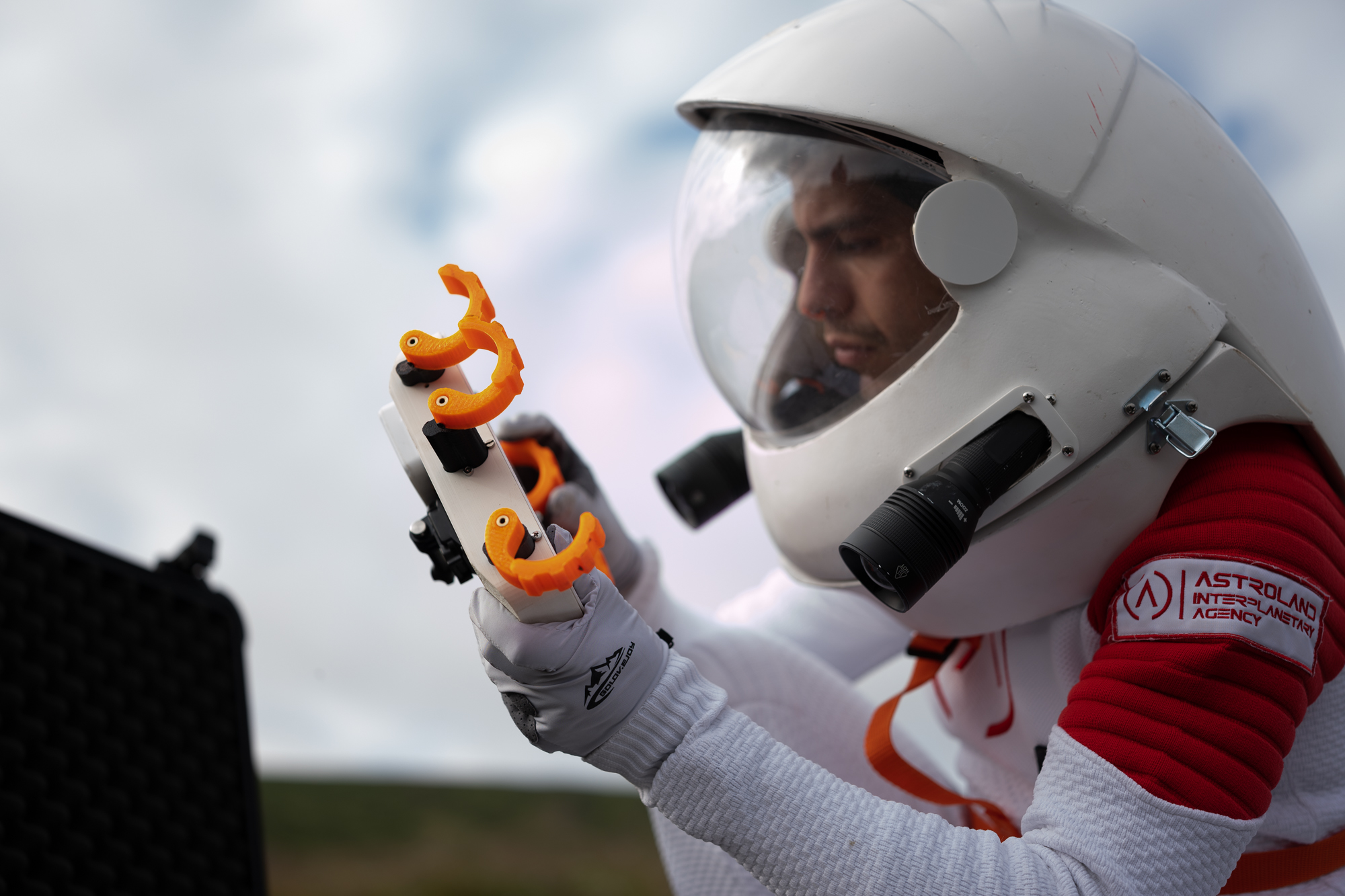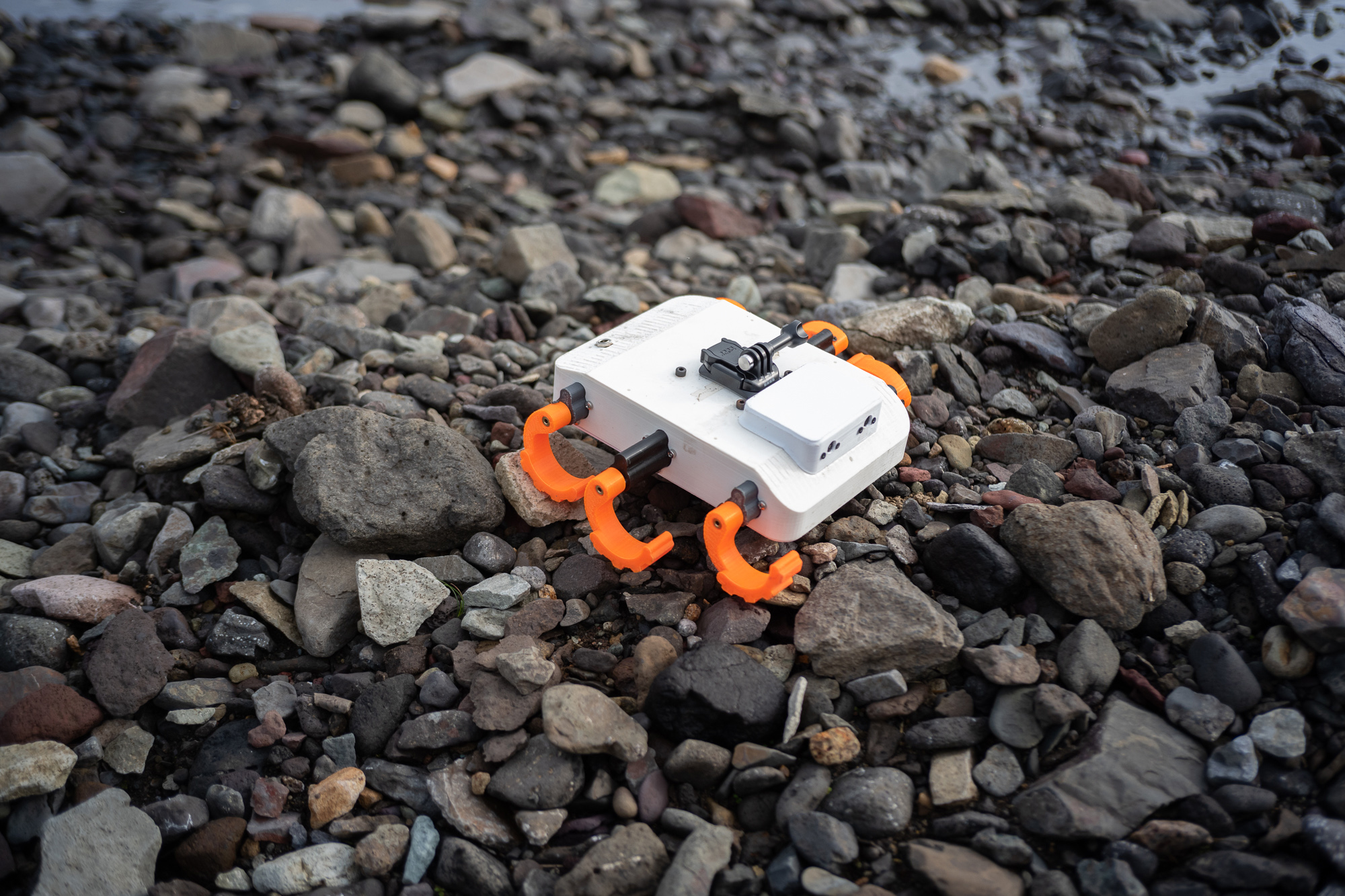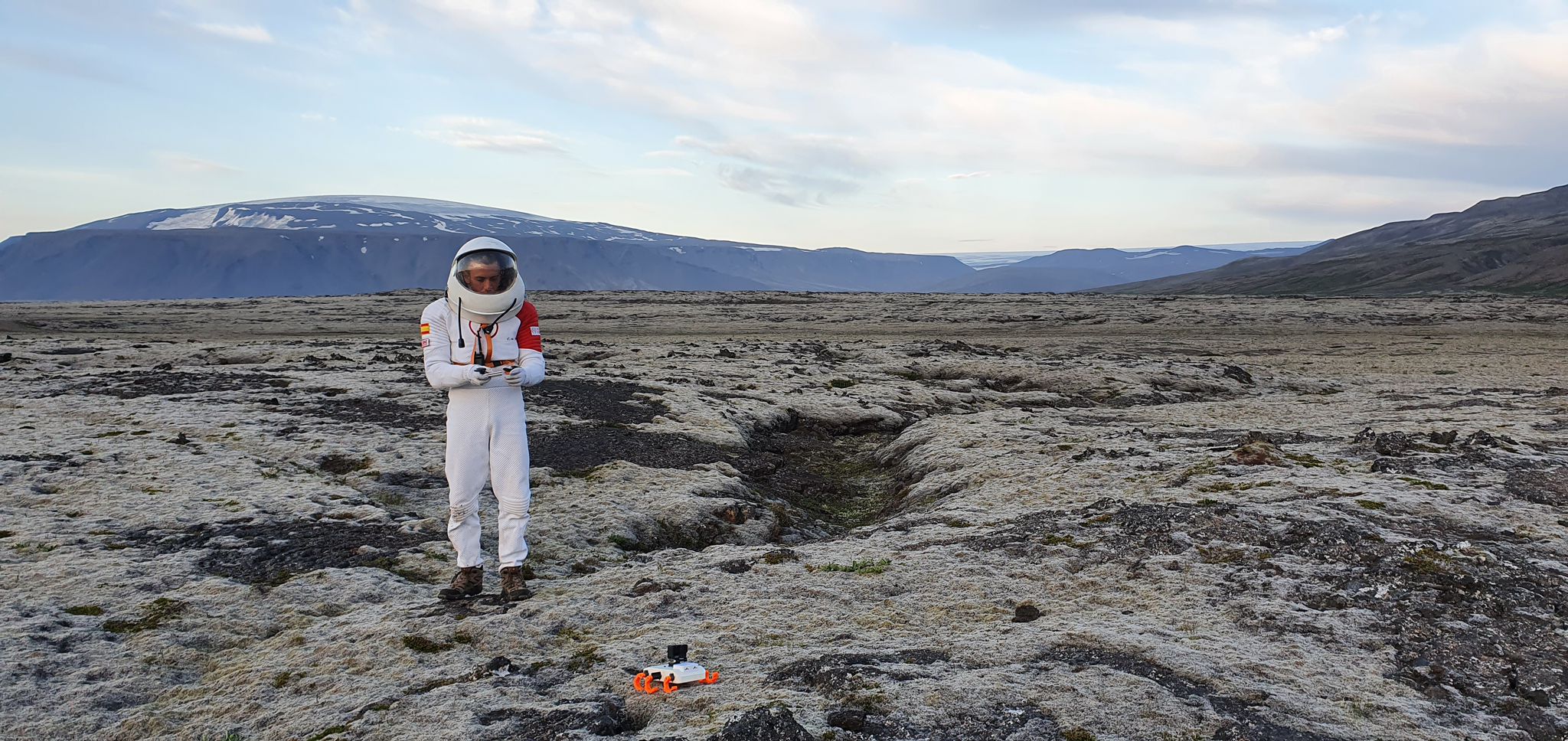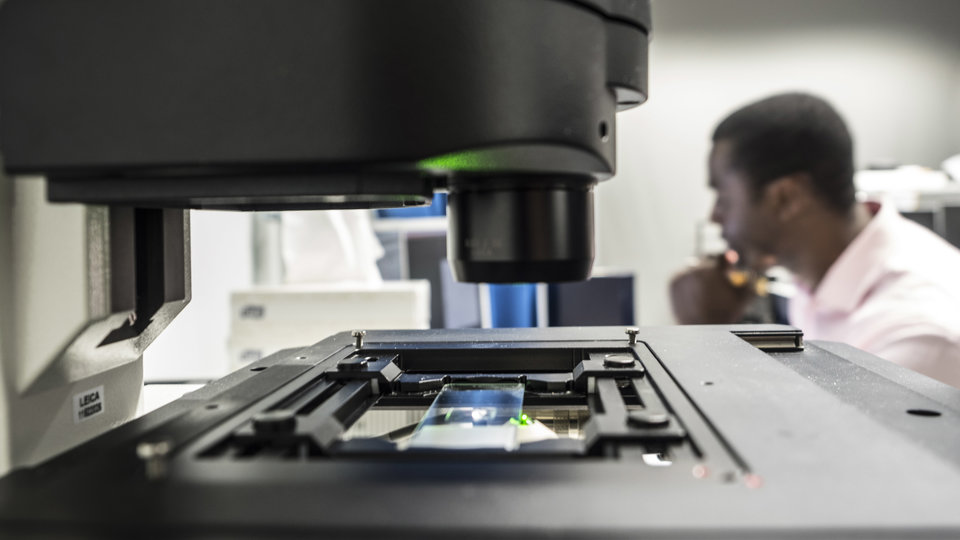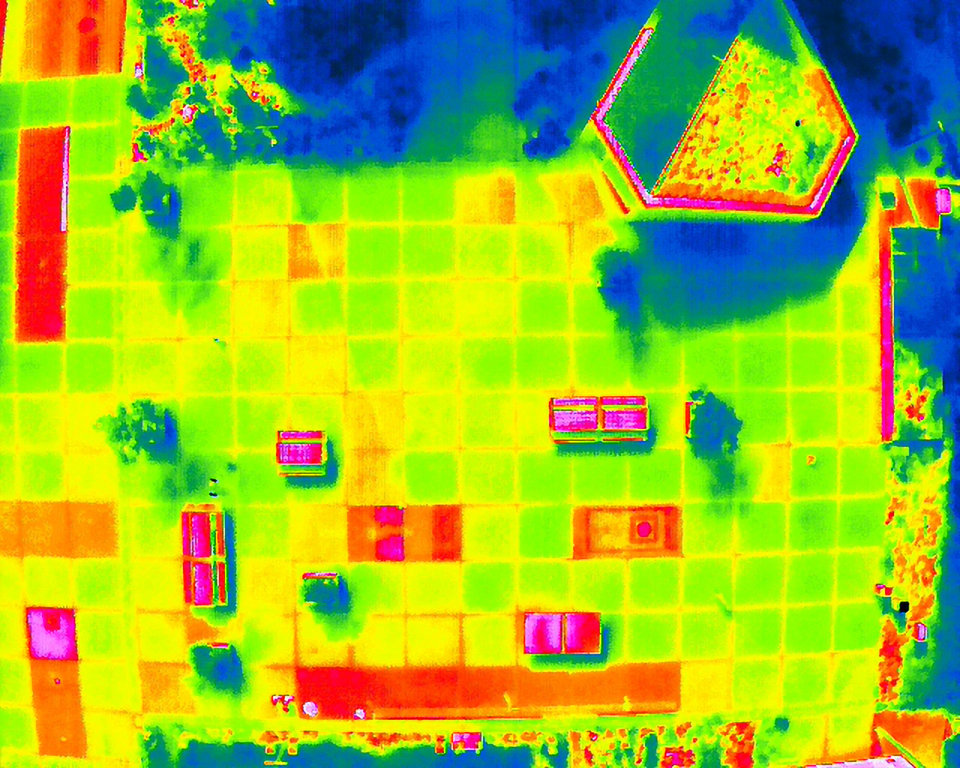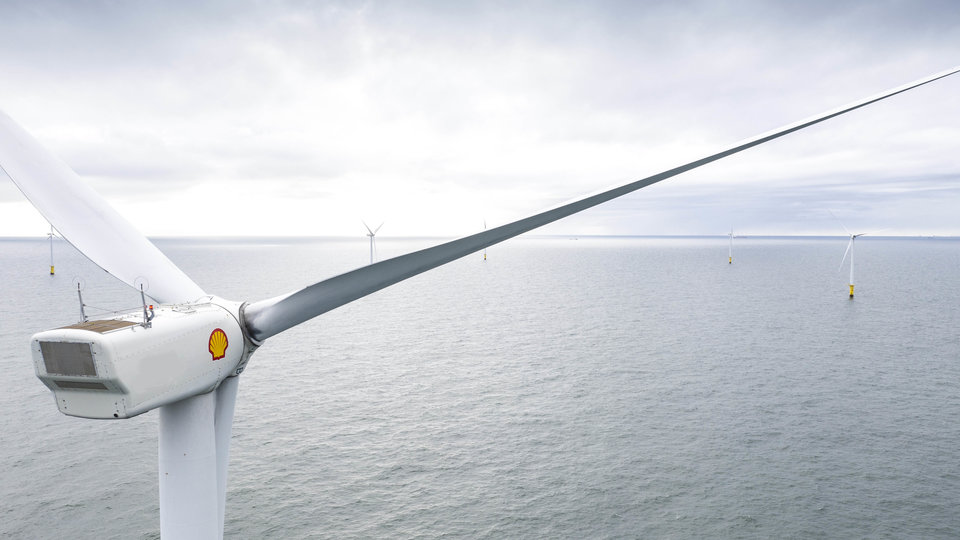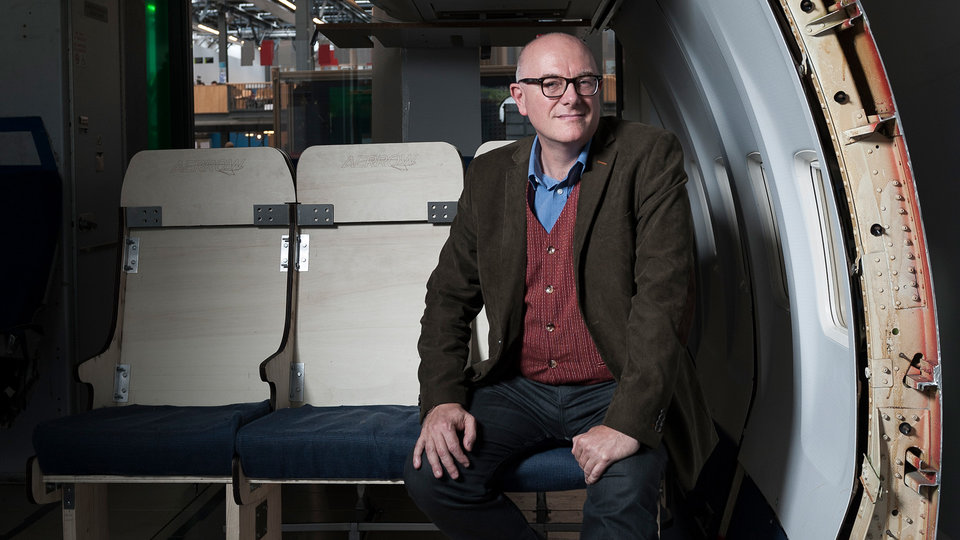"The ultimate goal is to deploy a swarm of mini moon rovers"
There is no shortage of visionary ideas at TU Delft but the students behind the Lunar Zebro are working on a project that can truly be called a moonshot. The Lunar Zebro, a six-legged, autonomous robot, is currently being readied for outer space. The team is in advanced talks on participating in a moon mission, probably after 2025.
By Jurjen Slump • April 6, 2023
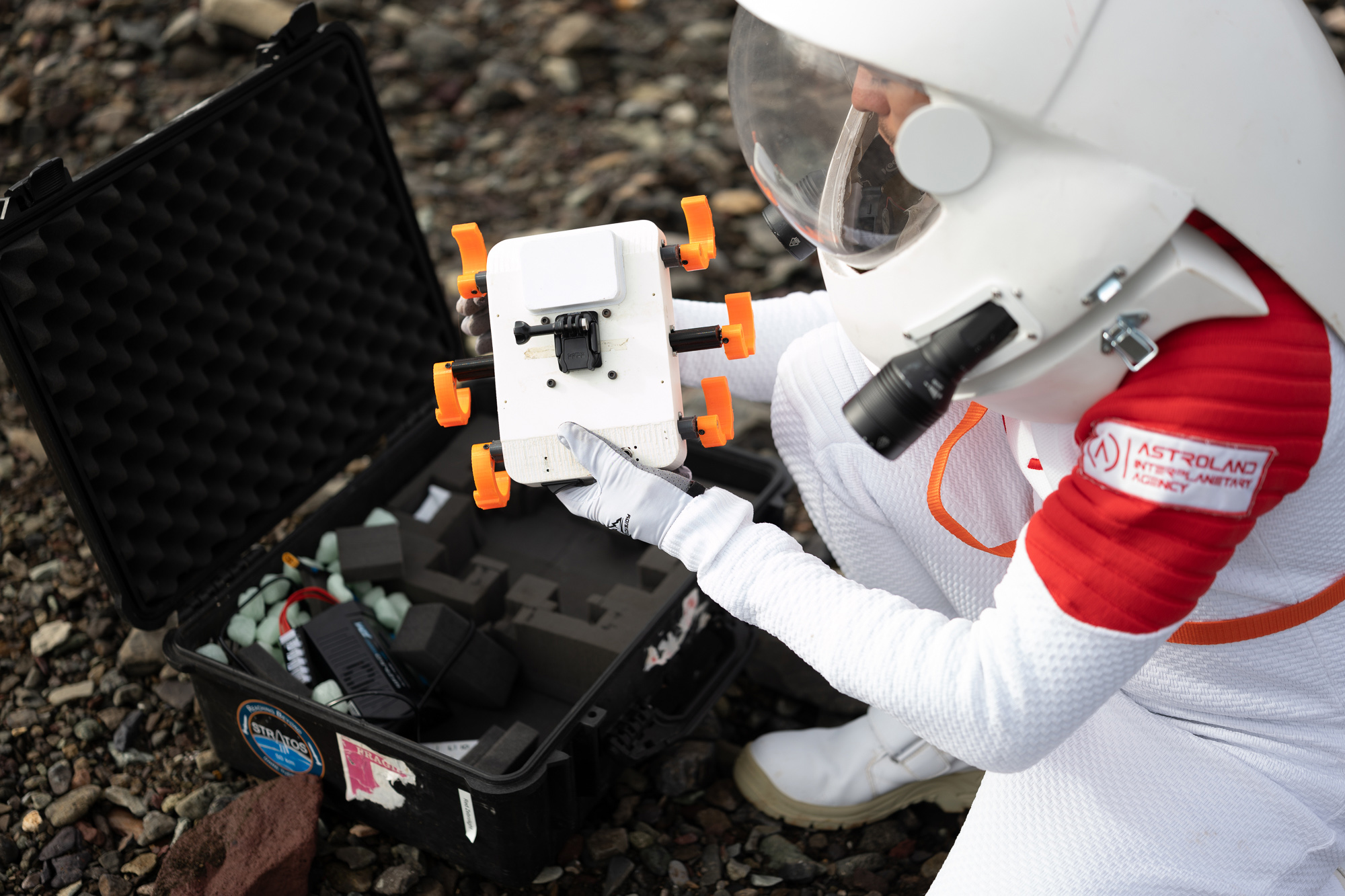
The Lunar Zebro is small, light and inexpensive. Its A4 footprint, height of 8 - 10 cm (shorter than an index finger) and weight of 2.5 kg make it considerably lighter than regular moon robots (rovers), which weigh hundreds of kg. Its two cameras, which are the size of small coins and only weigh 7 g each, were designed by master’s students.
The first mission revolves around demonstrating the technology, i.e. showing that the rover functions as it should. Its c-shaped legs have never been tested on the moon’s surface and neither has its radiation sensor. The latter forms the scientific component of the mission and will chart the radiation on the moon’s south pole. It communicates directly with earth.
One small step for a robot...
If the test succeeds, on future missions the team intends to send dozens of zebros to the moon where they will work together as a swarm. This will, for example, enable them to explore caves and other locations that are not easily accessible, in the search for sites with low radiation levels for potential manned lunar bases. What’s more, the rovers are able to jointly form a single large antenna at the back of the moon so that they can catch primordial signals from the cosmos.
The team behind the Lunar Zebro works closely with numerous industrial partners. We are looking forward to the countdown! The rover might just be a giant leap for aerospace innovation.
Like to know more? See zebro.space.
